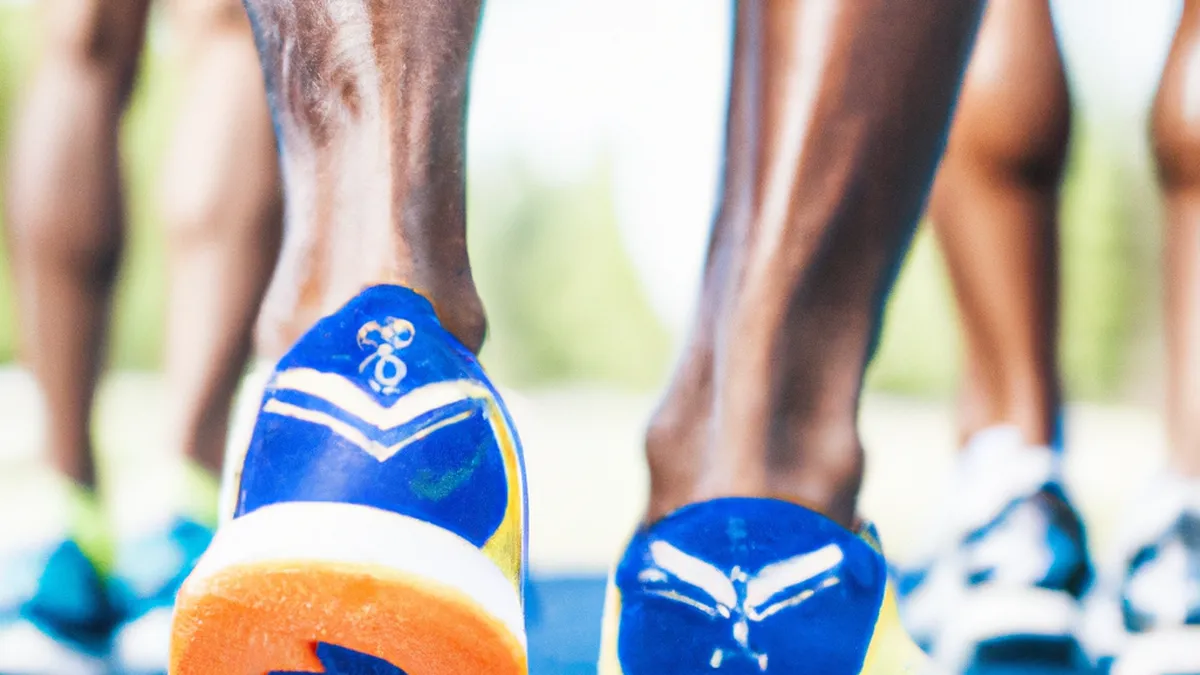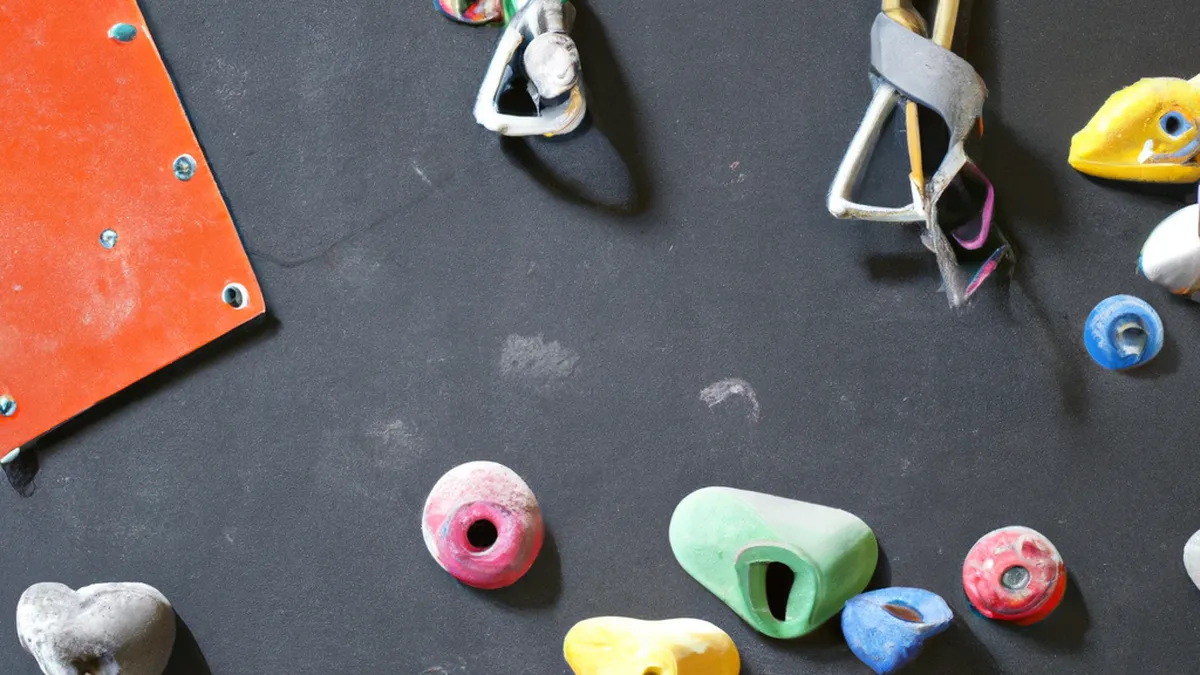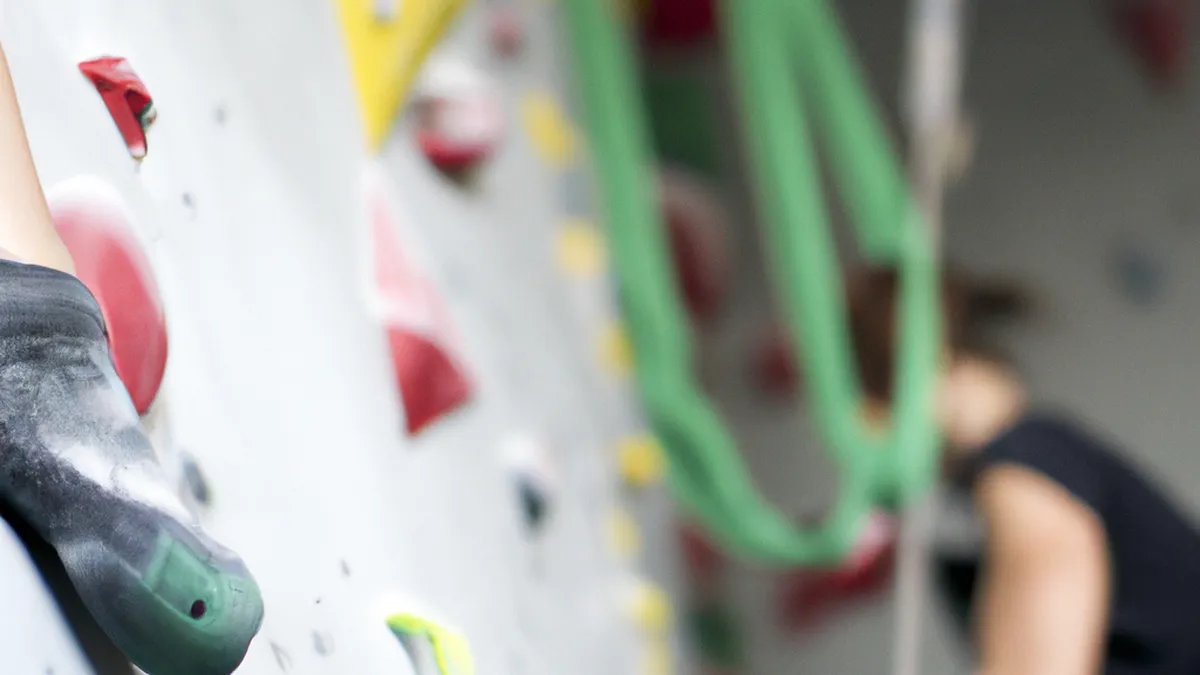Chalk Choices for Every Athlete
The Best Chalk Options for GripStrong grip is essential for climbing, weightlifting, and gymnastics. Chalk enhances grip by reducing moisture and improving friction. With many options available, how do you choose the best chalk? This guide explores various chalk types and offers tips to help you select the right one.
Types of Chalk
Chalk comes in several forms, each with unique benefits. Let’s look at the most popular types.
Block Chalk
Block chalk is solid magnesium carbonate. It’s easy to use and lasts a long time. Rub the block against your hands before your workout. Many athletes prefer this type for its simplicity. However, it can create a mess if you’re not careful.
Loose Chalk
Loose chalk is finely powdered magnesium carbonate. It allows for easy application and lets you control the amount used. Athletes find this type effective for climbing and weightlifting. However, it can create dust clouds that may not suit all environments.
Liquid Chalk
Liquid chalk combines magnesium carbonate with alcohol. It dries quickly and provides a strong grip. Climbers often prefer this option to minimize dust. Additionally, it reduces the risk of chalk spills in gyms.
Tips for Choosing the Right Chalk
As an Amazon Associate I earn from qualifying purchases.
Gear tip: consider liquid chalk, climbing shoes, and chalk bag to support this topic.
Selecting the best chalk depends on your specific needs. Here are some tips to help you decide.
Consider Your Activity
First, think about your primary activity. Climbers may prefer loose or liquid chalk for better grip. Weightlifters often choose block chalk for its longevity. Understanding your sport narrows down your options.
Check the Quality
Not all chalk is equal. Look for high-quality magnesium carbonate. It should lack additives and fillers. Brands with strong reputations often provide better products. Research user reviews to find reliable options.
Think About Convenience
Consider how you’ll carry your chalk. Block chalk stores easily in a gym bag, while liquid chalk often comes in a portable squeeze bottle. Choose a convenient option that fits your lifestyle.
Advice on Using Chalk
After choosing your chalk, use it effectively. Here are some practical tips.
Apply Sparingly
Use enough chalk to lightly coat your hands. Overapplication can cause clumping and reduce grip. Start with a small amount and add more if needed. This approach maintains optimal grip without excessive buildup.
Reapply as Needed
During intense workouts, your hands may sweat. Reapply chalk as necessary. Keep a small container in your gym bag for easy access. This habit helps you maintain grip throughout your training sessions.
Clean Up After Use
Always clean up after using chalk. Many gyms have specific chalk use rules. Creating a mess risks losing gym privileges. Bring a small towel to wipe off excess chalk and keep your area tidy.
Benefits of Using Chalk
Using chalk offers several advantages, especially for athletes. Understanding these benefits can motivate you to incorporate it into your routine.
Improved Grip
The primary benefit of chalk is improved grip. Chalk absorbs sweat, allowing for better control over equipment. This enhancement can improve performance and reduce slips during workouts.
Enhanced Performance
With a better grip, athletes can push their limits. You may lift heavier weights or climb higher. This improvement can lead to faster progress and increased confidence.
Reduced Injury Risk
Chalk can help reduce the risk of injuries. A firm grip means less chance of dropping weights or slipping off holds. This safety aspect is crucial for serious athletes who train frequently.
Conclusion
Choosing the best chalk for grip enhances performance in sports like climbing, weightlifting, and gymnastics. Understand the different types of chalk—block, loose, and liquid—to select the one that suits you. Consider your activity, check quality, and think about convenience when making your choice.Once you find the right chalk, apply it sparingly, reapply as needed, and always clean up. The benefits of using chalk, including improved grip, enhanced performance, and reduced injury risk, make it a valuable addition to your training routine. Use these tips and insights to elevate your workouts and achieve your fitness goals effectively.
Below are related products based on this post:
FAQ
What are the different types of chalk available?
Chalk comes in several forms including block chalk, loose chalk, and liquid chalk. Block chalk is solid and easy to use, while loose chalk is finely powdered for better control. Liquid chalk dries quickly and minimizes dust, making it a popular choice among climbers.
How do I choose the right chalk for my activity?
Your choice of chalk should depend on your primary activity. Climbers often prefer loose or liquid chalk for a better grip, while weightlifters might choose block chalk for its longevity. Understanding your sport can help narrow down your options.
What are the benefits of using chalk during workouts?
Using chalk improves grip by absorbing sweat, which enhances control over equipment. This can lead to better performance, allowing athletes to push their limits and reduce the risk of injuries from slips or drops. Incorporating chalk into your routine can significantly boost your training effectiveness.















Post Comment